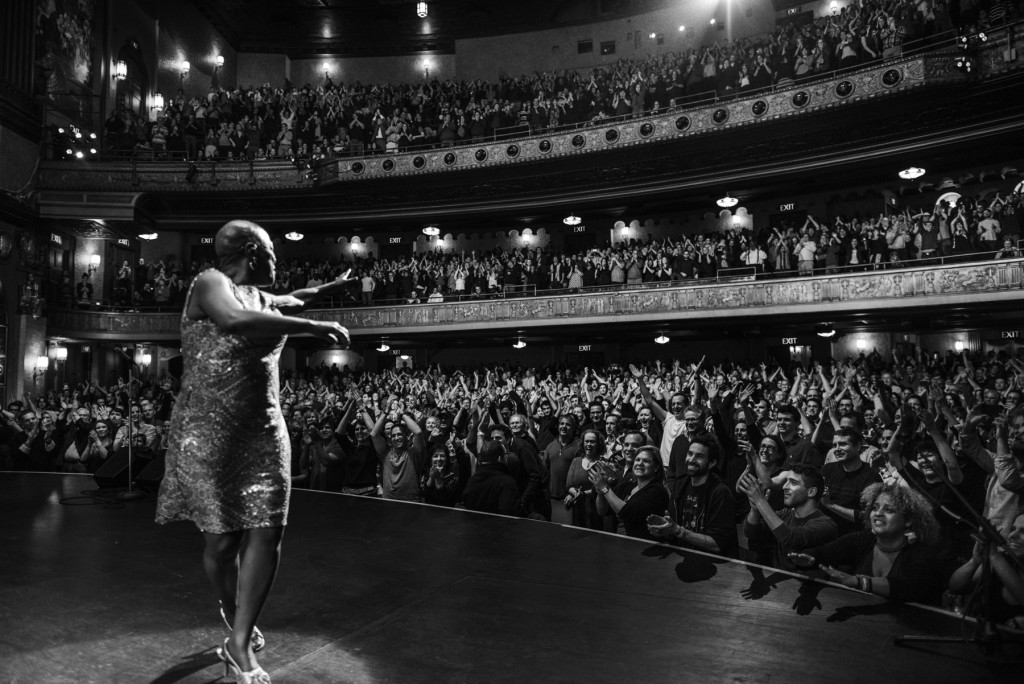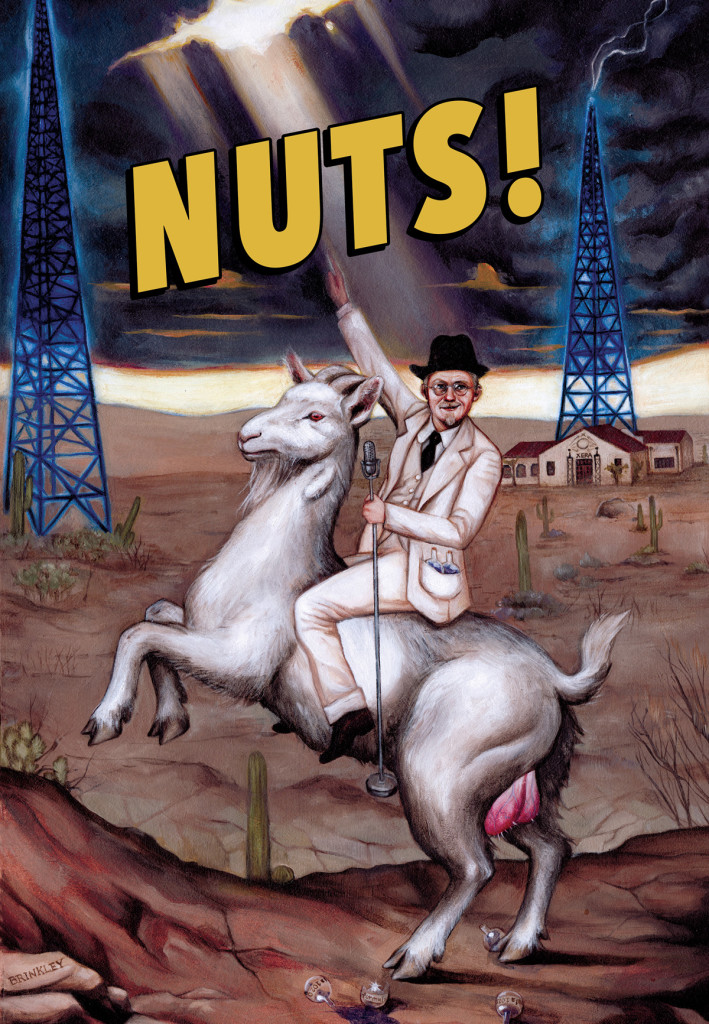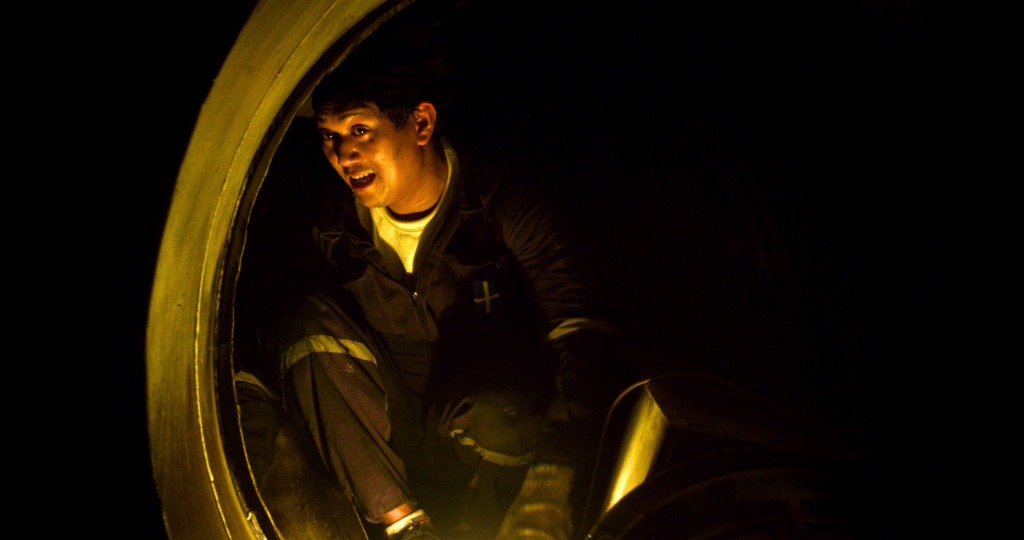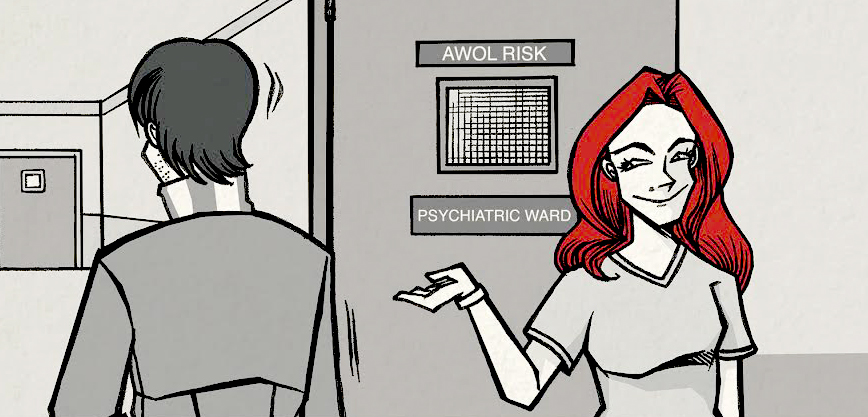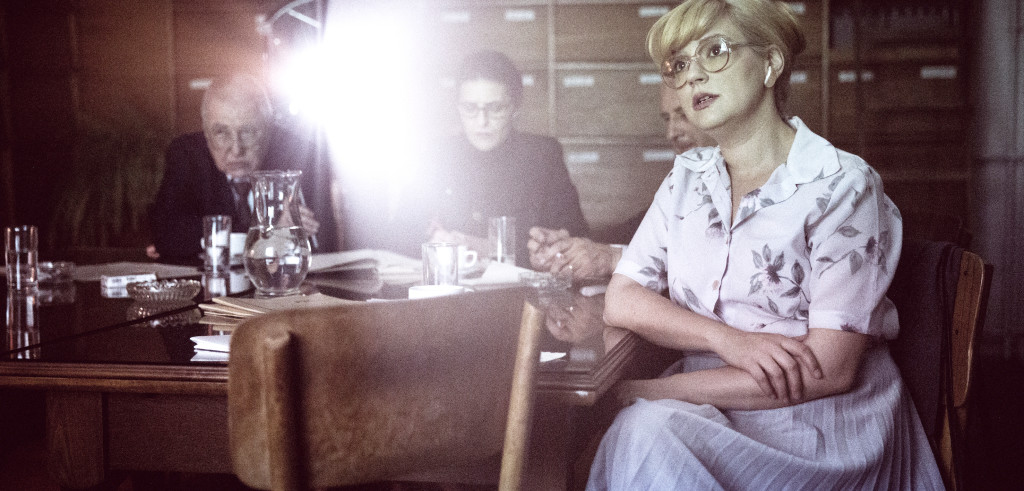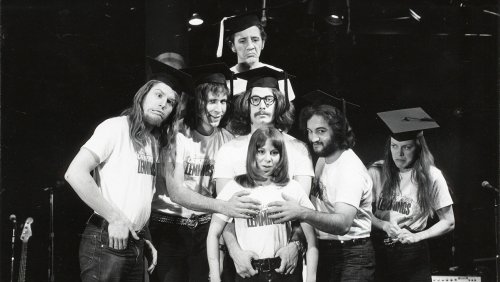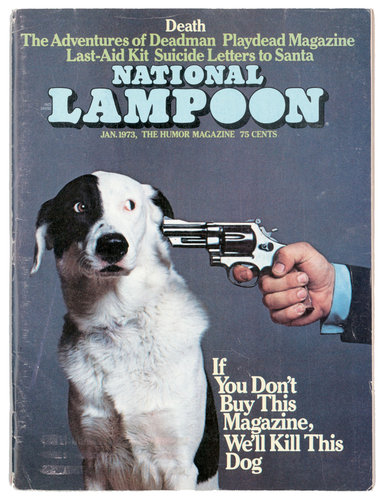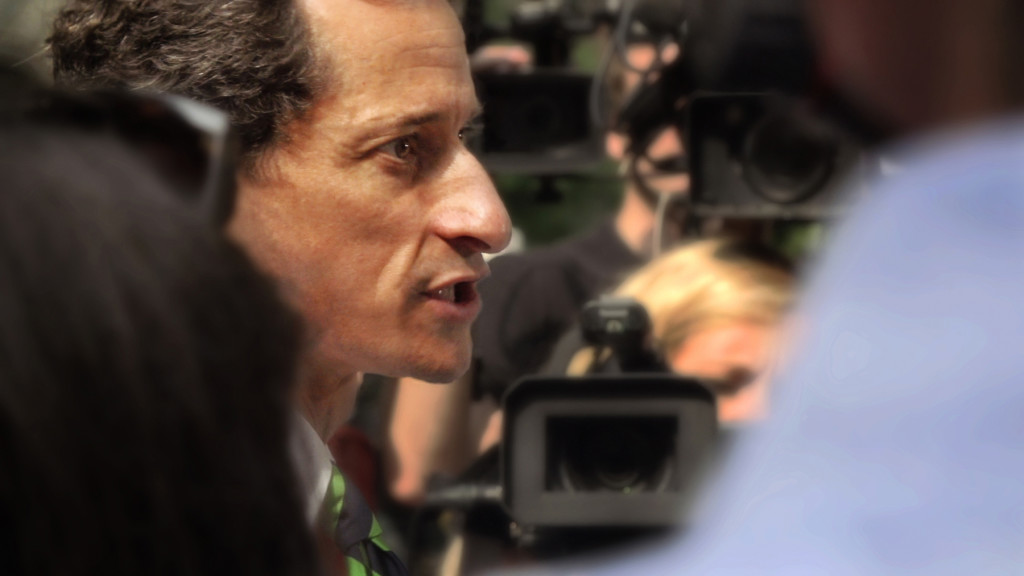
There’s a characteristically strong slate of documentaries at the 59th San Francisco International Film Festival (SFIFF). The docs with the highest profiles are
- Weiner – This hit from the Sundance and New Directors film festivals is an inside look at Anthony Weiner’s cringeworthy, self-immolating campaign for New York City Mayor;
- Miss Sharon Jones! – Sure to be a festival crowd-pleaser, this doc chronicles the salty Dap Kings frontwoman and her fight against cancer. From Academy Award-winning documentarian Barbara Kopple (Harlan County U.S.A.);
- Unlocking the Cage – an animal welfare doc from storied filmmakers Chris Hegedus (The War Room) and D.A. Pennebaker (Monterey Pop and The War Room); and
- The Bandit, in the coveted slot as the festivals’ Closing Night film, documents the real life bromance between Burt Reynolds and iconic stuntman Hal Needham that led to Needham’s Smokey and the Bandit movies.
But some of the best docs in the fest are less well-known nuggets:
- NUTS! – a persistently hilarious (and finally poignant) documentary about the rise and fall of a medical and radio empire – all built on goat testicle “implantation” surgery in gullible humans.
- Dead Slow Ahead – a visually stunning and an often hypnotic film, shot on a massive freighter on its voyage across vast ocean expanses with its all-Filipino crew.
- Under the Sun – a searing insight into totalitarian North Korean society, all from government-approved footage that tells a different story than the wackadoodle dictatorship intended.
Last year’s SFIFF brought us The Look of Silence, Listen to Me Marlon, Drunk Stoned Brilliant Dead and Very Semi-Serious. The festival’s 2016 docs may be even more impressive.
The 59th San Francisco International Film Festival (SFIFF) runs through May 5. Throughout the fest, I’ll be linking more festival coverage to my SFFIF 2016 page, including both features and movie recommendations. Follow me on Twitter for the very latest coverage.
